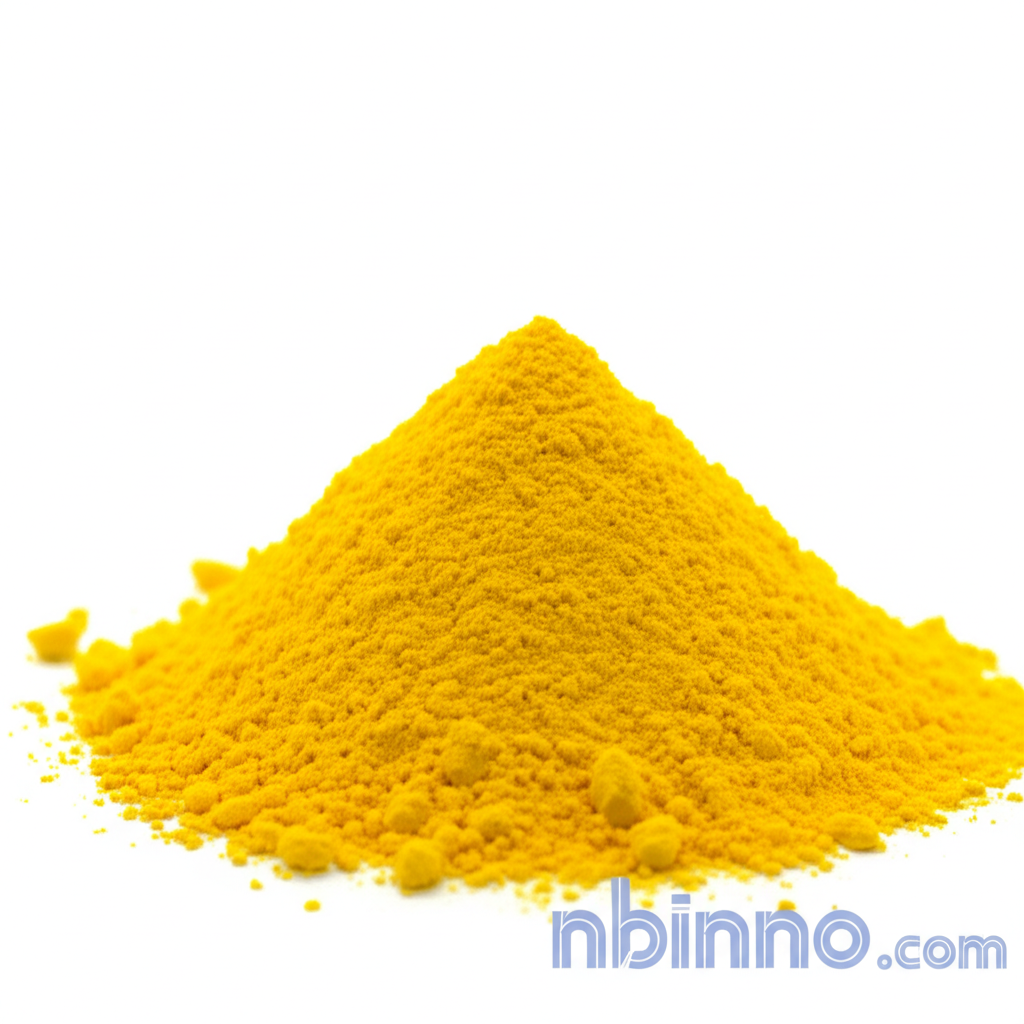2,6-Dibromoanthraquinone: A Key Intermediate for Advanced Applications
Unlock the potential of advanced synthesis with 2,6-Dibromoanthraquinone, a versatile building block for electronics and more.
Inquire NowProduct Core Value

2,6-Dibromoanthraquinone
This compound, known for its electron-deficient structure and strategically placed bromine atoms, serves as a crucial intermediate for synthesizing high-performance materials. Its unique properties make it indispensable in fields ranging from optoelectronics to specialized chemical manufacturing.
- Leverage 2,6-Dibromoanthraquinone for organic electronics, creating advanced semiconducting small molecules and polymers.
- Utilize dibromoanthraquinone chemical intermediate in dye manufacturing, achieving vibrant and durable colors.
- Explore the potential of dibromoanthraquinone CAS 633-70-5 as a building block for pharmaceutical intermediates, enabling novel drug development.
- Employ high purity 2,6-dibromoanthraquinone in photocatalysis for efficient chemical reactions driven by light.
Key Advantages Offered
Versatile Synthesis Precursor
As a key intermediate in organic synthesis, 2,6-dibromoanthraquinone facilitates the creation of complex molecular structures with tailored properties.
Enhanced Electronic Properties
Its electron-deficient anthraquinone core is ideal for applications in organic light-emitting diodes (OLEDs) and organic solar cells, contributing to improved performance.
Broad Application Spectrum
From high-performance dyes and pigments to vital pharmaceutical intermediates, its utility spans multiple critical industries.
Key Applications
Organic Electronics
The unique electronic structure of 2,6-dibromoanthraquinone makes it a prime candidate for developing semiconducting materials used in OLEDs and organic solar cells.
Dye and Pigment Manufacturing
This compound serves as a precursor for high-performance dyes and pigments, contributing to the color and stability of various products.
Pharmaceutical Intermediates
It is utilized in the synthesis of various pharmaceutical intermediates, supporting the development of new therapeutic agents.
Photocatalysis and Bioimaging
The compound's derivatives exhibit photocatalytic activity and strong fluorescence, making them suitable for applications like water splitting and advanced bioimaging techniques.
